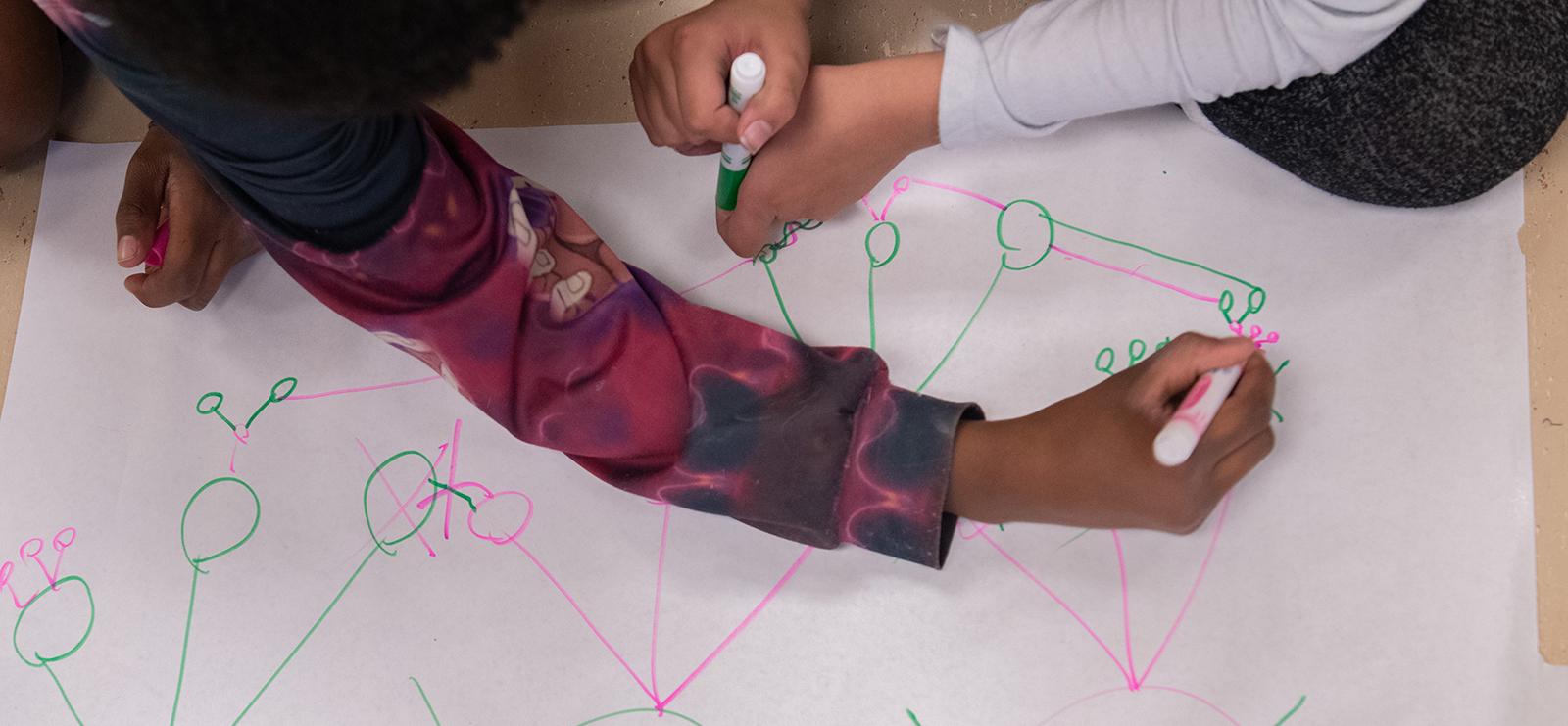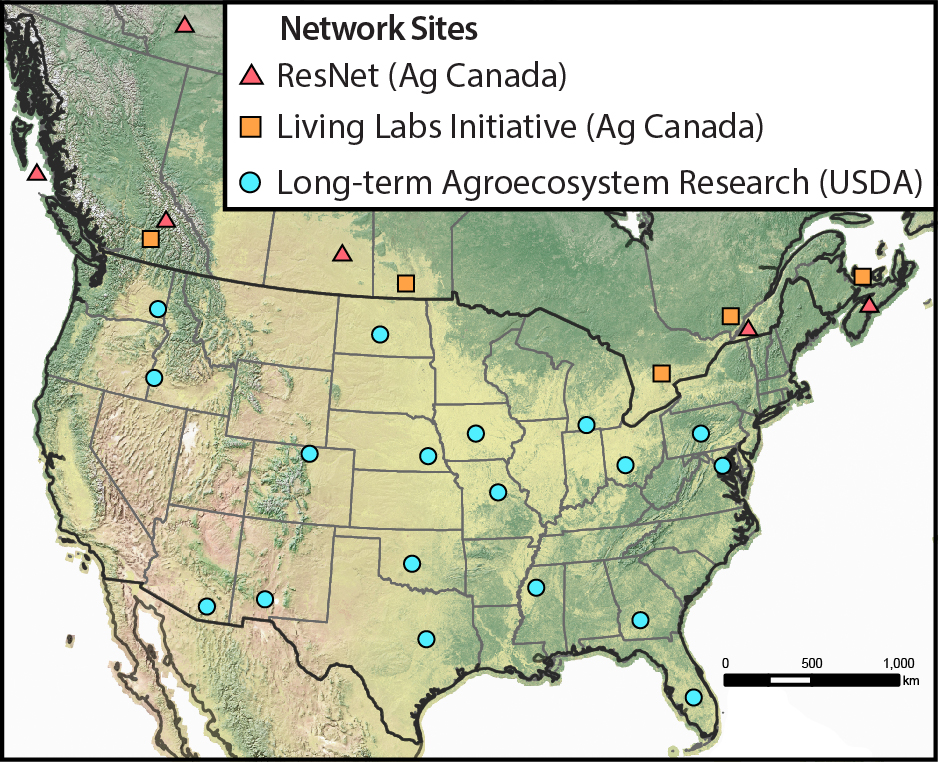
Societies face an array of challenges with the sustainable provision of food, feed, biofuel, and fiber while ensuring food security and societal stability. There is a need for both basic and applied research relating to how agricultural practices and policies, in combination with drivers such as land-use change, impact resilience and increase the risk of undesirable shifts in agricultural systems.
The Network for Integrated Agricultural Resilience Research (NIARR) was created to develop a long-term collaborative research community focused on sharing data and expertise; incorporating diverse perspectives and knowledge; creating and fostering new synergies; and transcending geopolitical, institutional, and disciplinary boundaries of complex socio-environmental agricultural systems.
NIARR brings together 4 research networks to apply resilience science to agricultural landscapes at multiple spatial and temporal scales across North America. These networks are the USDA-ARS Long-term Agroecosystem Research Network, the Canadian Agroecosystems Living Labs Initiative, the Canadian ResNet, and the international Resilience Alliance. Collectively, they aim to understand the resilience of agricultural landscapes to undesirable regime shifts.
Visit NIARR WebsiteOur diverse landowners and managers are interested in multiple outcomes on their land, and the involved networks will look beyond efficiency and profitability to include sustainability and resilience metrics and indicators across scales.
Networks

The USDA-ARS Long-term Agroecosystem Research Network focuses on sustainable intensification and profitability of agroecosystems.
Learn More

The Canadian Agroecosystems Living Labs Initiative is a long-term national network of agricultural sites focused on on-farm research.
Learn More
ResNet is focused on broad questions of resilience, scale, and ecosystem services in multiple working landscapes of Canada.
Learn More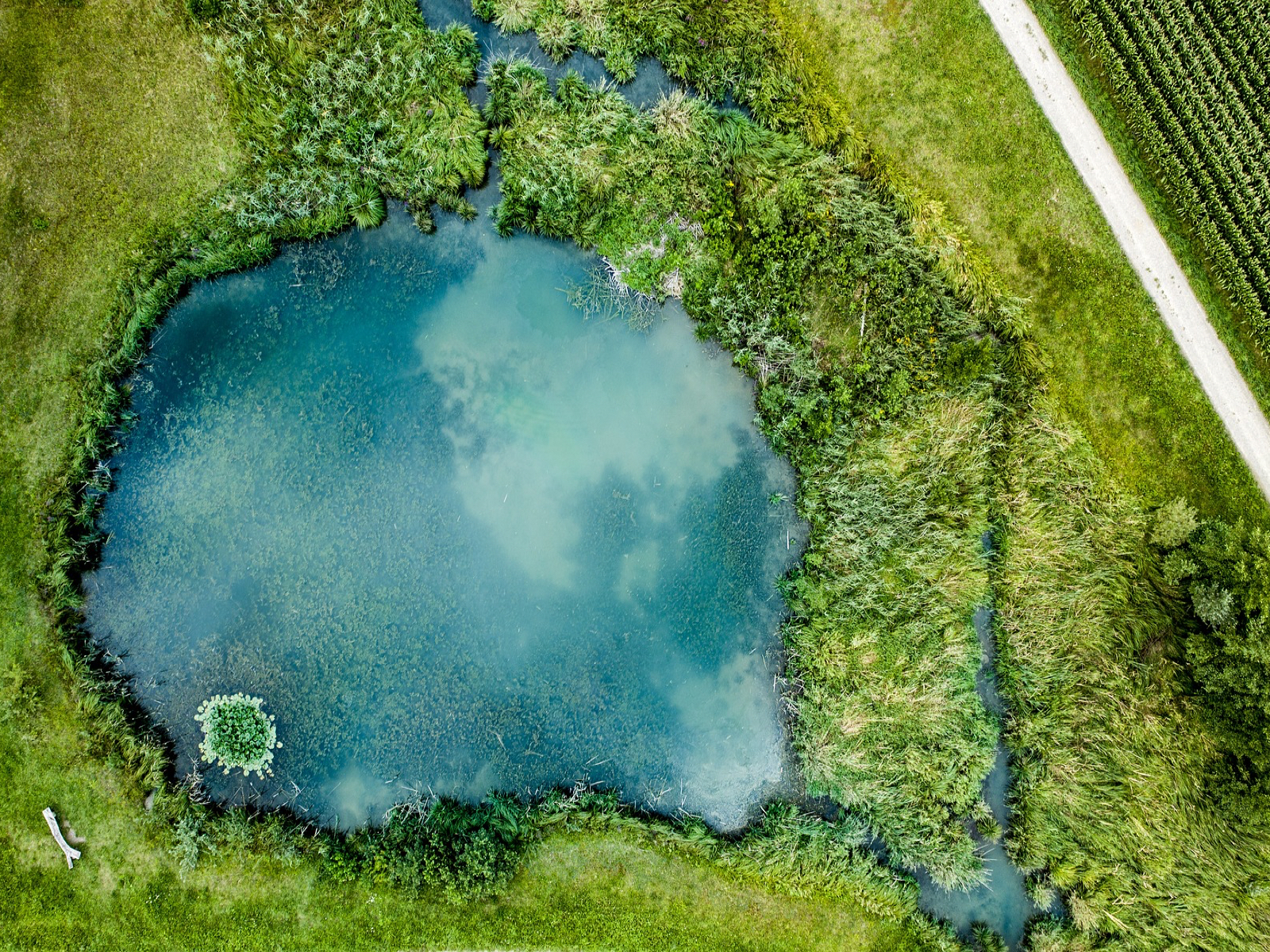
The Resilience Alliance is an international resilience network which has been the core developer of resilience theory and its application to real socio-ecological systems.
Learn More